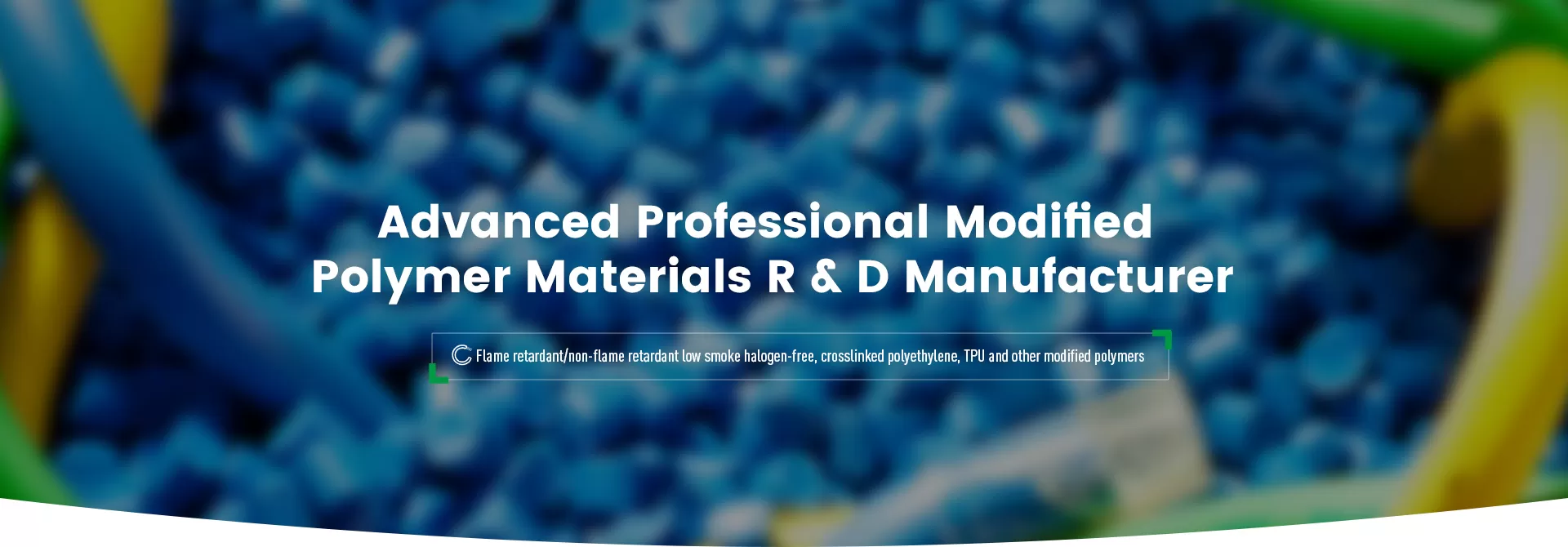
In building and industrial applications, material selection can significantly affect performance and service life. TPO (Thermoplastic Polyolefin) and EPDM (Ethylene Propylene Diene Monomer) are two main materials for roofing systems and cable sheathing. This article takes an in-depth look at the characteristics, benefits and specific applications of TPO vs EPDM.
TPO Material is a versatile thermoplastic material that combines the elasticity of rubber with the durability of plastic. Its light-colored surface reflects sunlight and improves energy efficiency, making it a popular choice for roofs and outdoor cable sheathing exposed to UV rays.
Composition: Polypropylene and ethylene-propylene rubber blend.
Main Benefits:
Reflective surface, making indoor temperatures cooler.
Resistant to ozone and UV rays.
Suitable for climates with high solar radiation intensity.
EPDM Material is a synthetic rubber known for its excellent flexibility and resistance to adverse weather conditions. Its elasticity and durability in extreme temperatures make it ideal for roofs and cable sheaths in harsh environments in cold climates.
Composition: Ethylene, propylene, and diene monomers for crosslinking.
Main Benefits:
Excellent flexibility even in sub-zero temperatures.
Excellent chemical and abrasion resistance.
Reliable in environments requiring high thermal insulation.
| Differences Between TPO and EPDM in Roofing | ||
| Feature | TPO | EPDM |
| Material | Thermoplastic Polyolefin | Synthetic Rubber |
| Color Options | White, gray, and tan | Multiple Colors |
| Energy Efficiency | High due to reflectivity | Moderate with heat retention |
| Durability | Resistant to UV, punctures | Flexible, weather-resistant |
| Installation | Lightweight, easier to handle | Slightly more complex due to flexibility |
| Lifespan | 15–20 years with maintenance | Up to 30 years or more with proper care |
TPO has obvious advantages in the design of energy-saving buildings, so it is widely adopted, especially in warm climates. EPDM is widely used in areas where thermal insulation is required in cold climates.
Both TPO and EPDM can be used as materials for the production of cable outer sheaths, and EPDM can be incorporated into TPO to adjust its properties.
TPO Cable Sheathing
TPO sheathing is widely used in environments that require UV resistance and moderate flexibility. These jackets are common in outdoor installations that are exposed to sunlight and subject to temperature fluctuations.
Benefits:
UV and ozone resistance for extended outdoor performance.
Lightweight, which reduces cable weight for specific applications.
Smooth surface enhances the aesthetics of visible installations.
EPDM Cable Jacketing
EPDM jackets shine in applications that require high durability, flexibility, and chemical resistance. They are the top choice for industrial and harsh environments where cables operate in extreme conditions.
Benefits:
Excellent cold resistance while maintaining flexibility.
Excellent insulation against moisture and chemicals.
Long-lasting performance under mechanical stress.
| Feature | TPO | EPDM |
| Flexibility | Moderate | High |
| Weather Resistance | Excellent UV protection | Superior cold resistance |
| Chemical Resistance | Good | Excellent |
| Durability | Moderate in harsh conditions | Exceptional |
Roofing Systems
TPO: Lightweight and easy to install, TPO roofing systems are typically fully bonded, mechanically fastened, or ballasted. Maintenance includes regular cleaning and checking seam integrity.
EPDM: Due to its heavy weight and flexibility, EPDM requires more labor to install. However, it has fewer seams, which reduces the risk of leaks. It can be bonded, ballasted, or mechanically attached.
Cable Jacketing
TPO: Needs to prevent damage in hot environments.
EPDM: Performs well in demanding installations without worrying about wear and tear. Regular inspections ensure long-term reliability.
Energy Efficiency and Sustainability
Both materials contribute to the production of roofing systems and cable jacketing:
TPO: Reflective surface reduces cooling costs and carbon footprint, making it a green roofing option for warm climates.
EPDM: Long life and recyclability offset its higher thermal insulation in energy calculations.
In cable applications, both materials improve energy efficiency by ensuring proper insulation and durability, reducing energy loss and frequent replacement.
TPO and EPDM play different roles in roofing and cable jacketing applications. While TPO excels in UV protection and energy efficiency, EPDM stands out for its flexibility and resistance to extreme weather and chemicals. Choosing between the two depends on specific project requirements, environmental conditions, and long-term goals.